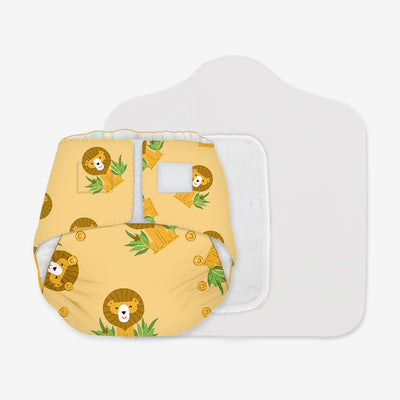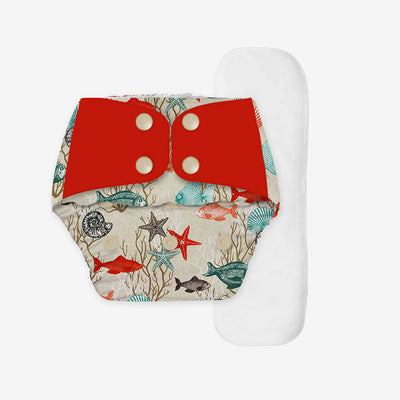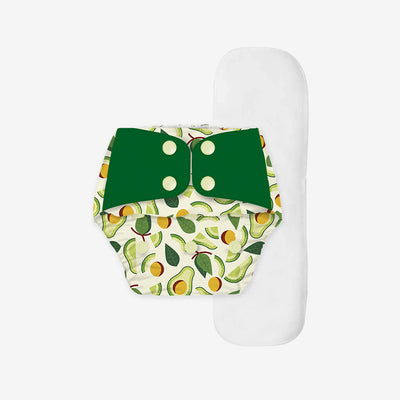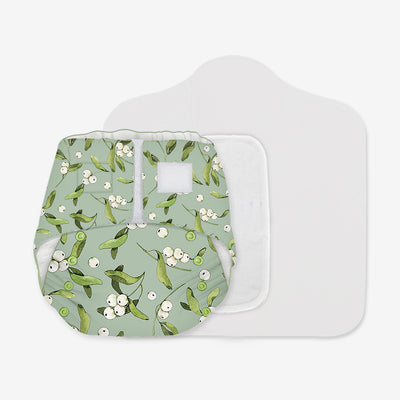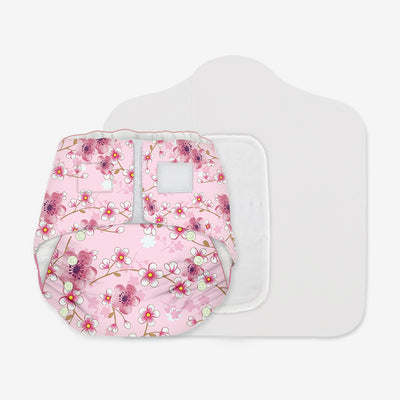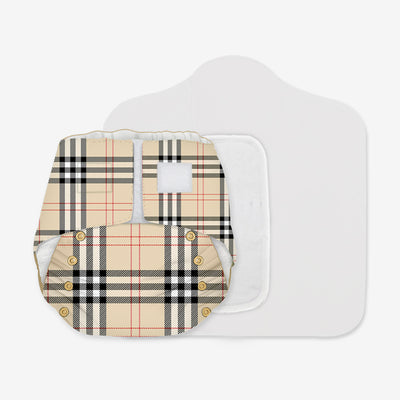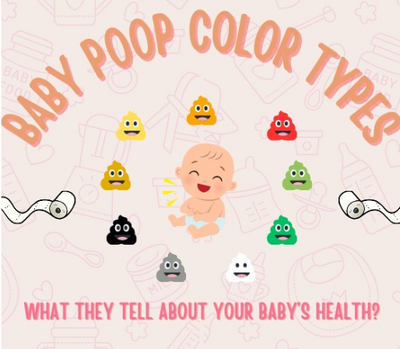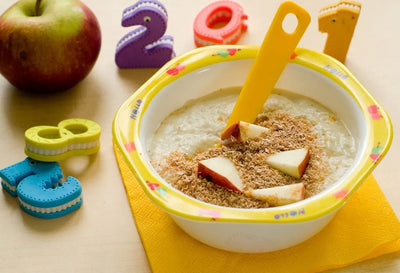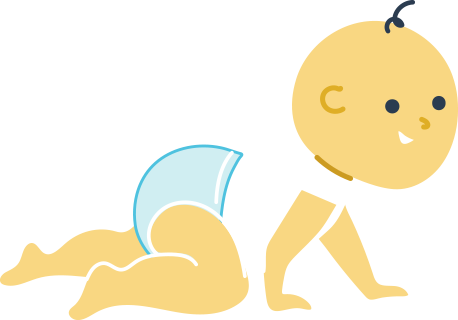How to Burp Your Baby

How to Burp Your Baby: Expert Tips for New Parents
Does your child have trouble with gas in their stomach? One important method to help ease discomfort and guarantee a happy, peaceful baby is to burp them. We'll walk you through the entire process of effectively burping your baby in this in-depth guide. This comprehensive guide is intended to assist both new and seasoned parents in navigating the world of burping techniques with its gentle and simple-to-follow advice. We cover everything, from finding out the ideal burping position to comprehending the various burping techniques. This guide has the information you need, whether you're a parent looking to try something new or someone who has never burped a baby before. Come along as we go over the ins and outs of burping your baby, giving you insightful knowledge and enabling you to take charge of your child's comfort.
When Should You Burp Your Baby?
Burping your baby is crucial to prevent discomfort caused by swallowed air during feedings. It is recommended to burp your baby both during and after each feeding session. Pausing halfway through feeding allows you to release trapped air, reducing the likelihood of colic or spit-up. Post-feeding burping ensures any remaining air is expelled, promoting a comfortable digestive experience for your little one. By incorporating burping into your routine, you contribute to your baby's overall well-being and create a more pleasant feeding environment, minimizing the risk of common issues associated with trapped gas in infants.
Different Burping Techniques
Various burping techniques cater to the diverse needs of babies. Here are some effective methods to release trapped air:
Over-the-Shoulder: Hold your baby against your shoulder, supporting their chest and head. Gently pat or rub their back to encourage burping.
Sitting on Your Lap: Position your baby on your lap, ensuring chest and head support. Pat their back rhythmically to prompt the release of gas.
Face-Down on Your Lap: Lay your baby face-down across your lap, using gravity to assist in bringing up air. Support their chest and head during this position.
Upright on Your Lap: Hold your baby in an upright position against your chest. Pat their back gently for an effective burping experience.
Tips for a burping session
Use Light Abdominal Pressure: Using your hand or fingers, lightly press on your baby's abdomen. This may help provide a smoother burping experience by releasing trapped gas. Pay attention to the amount of pressure used to prevent any pain.
Eliminate the Cause: Find and treat any possible reasons why a child might feel uncomfortable while being fed, such as a poor latch or a rapid flow of milk. By resolving these problems, you lessen the possibility of taking in too much air, which reduces the requirement for prolonged burping.
Modify the Flow: If you are nursing your child, you might want to use a bottle with a slower nipple flow. This adjustment can lessen the need for lengthy burping sessions and stop your baby from swallowing air too quickly.
Lightly Rubbing or Patting: Gently pat or rub your baby's back in a controlled way. Allow the motion to assist in the release of trapped air as you begin in the lower back and move upward. This method works well and calms your infant.
Support the Head and Chest: If your baby has trouble controlling their neck, make sure they have enough support for their head and chest when they burp. This support facilitates the burping process by requiring a safe and cozy position.
By implementing these suggestions into your burping practice, you help your baby feel comfortable and cared for, which lowers the chance of fussiness and improves general wellbeing.


